#aljaferia palace
Text
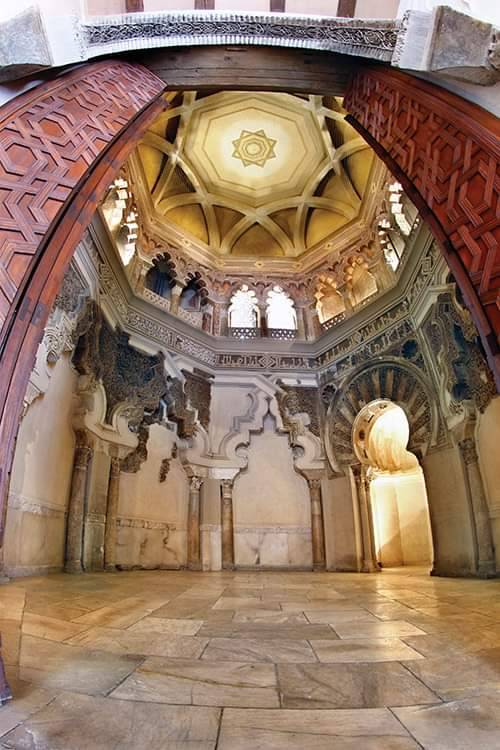
PALACIO DE LA ALJAFERÍA, Zaragoza, Aragón, ESPAÑA
25 notes
·
View notes
Text

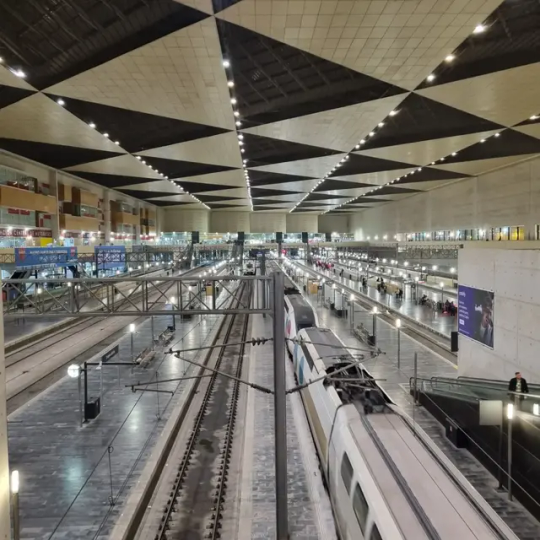
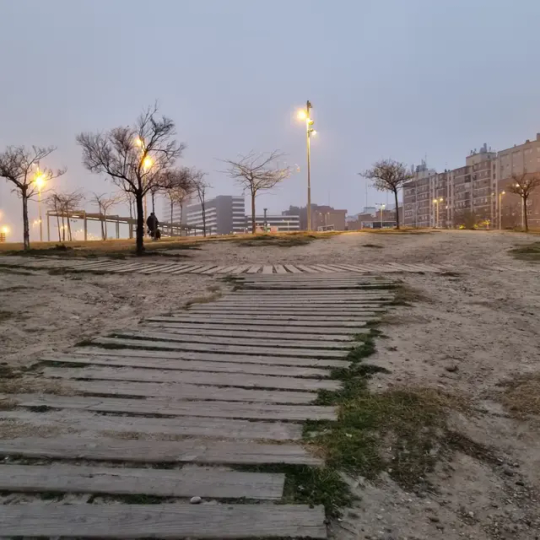


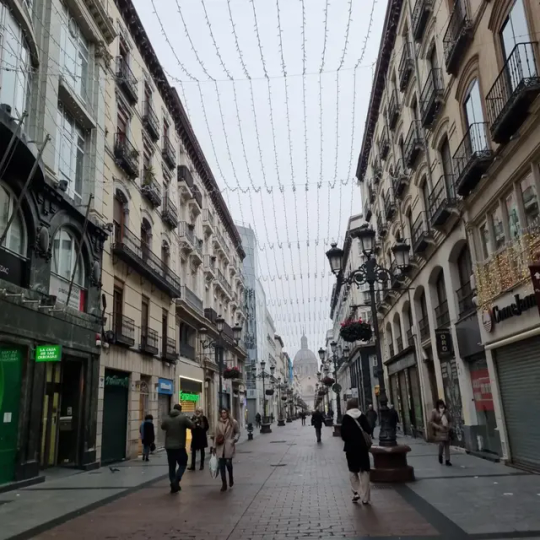
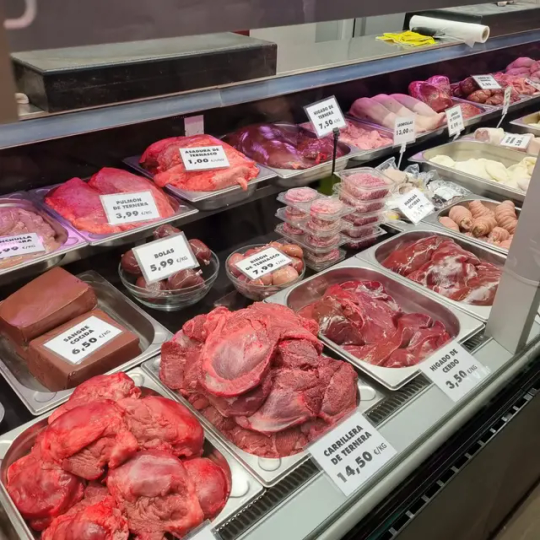

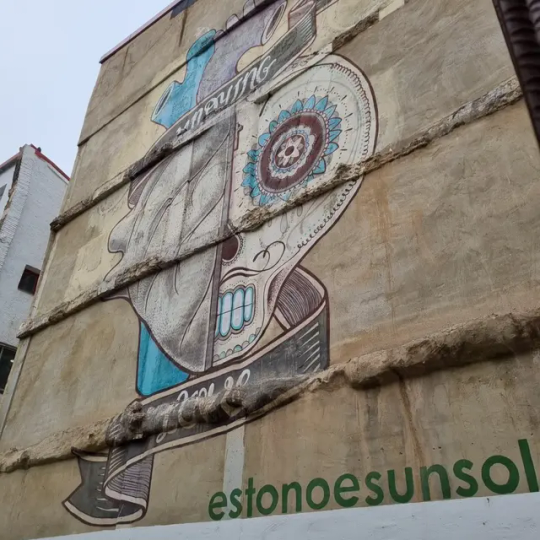
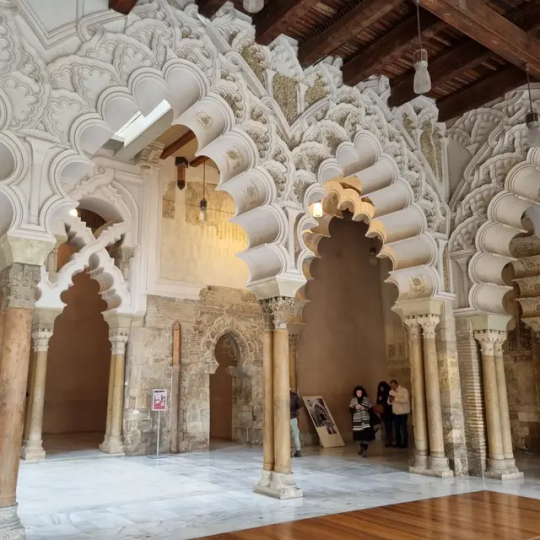
28/12/2023 - Pre-breakfast
🍫🍮 Valio Profeel Protein Pudding
Also decent pudding! Been satisfied by all the puddings here
🍌 Banana
0 notes
Text
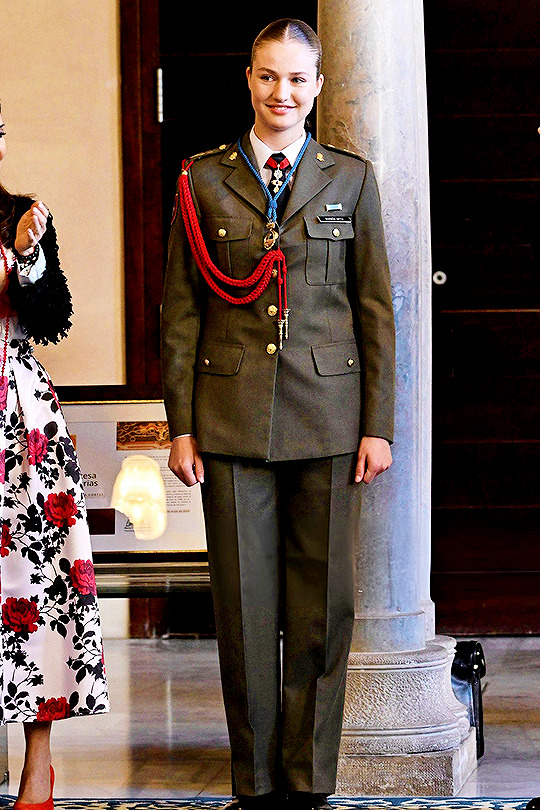
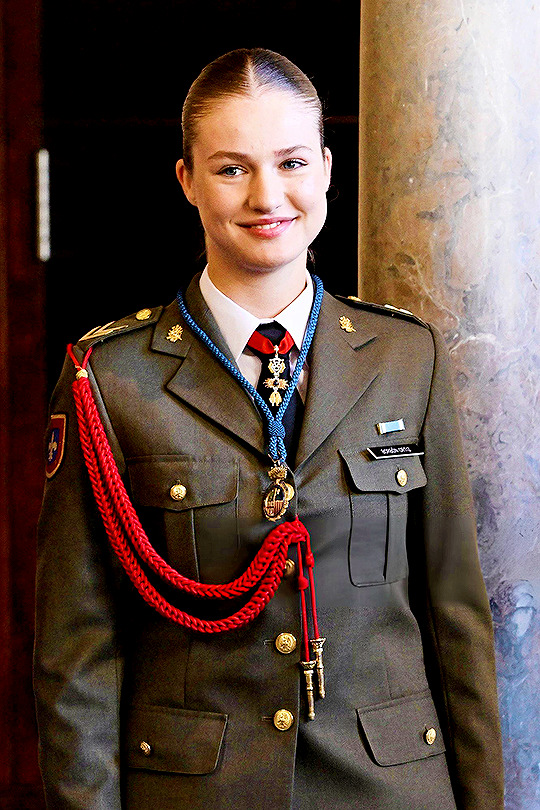
Spanish Royal Family - The Princess of Asturias receives The Medal Of The Cortes at Aljaferia Palace in Zaragoza, Spain. (Photo by Carlos Alvarez) | May 21, 2024
#royaltyedit#theroyalsandi#princess of asturias#princess leonor#princess leonor princess of asturias#spanish royal family#my edit
89 notes
·
View notes
Text


Princess Leonor receives the Medal of the Cortes de Aragon at the Aljaferia Palace | May 21, 2024
42 notes
·
View notes
Text



Princess Leonor, The Princess of Asturias receives The Medal Of The Cortes, at Aljaferia Palace in Zaragoza, Spain -May 21st 2024.
#princess leonor#princess of asturias#spanish royal family#spain#2024#may 2024#medal of the cortes#zaragoza#royal children#my edit
16 notes
·
View notes
Text
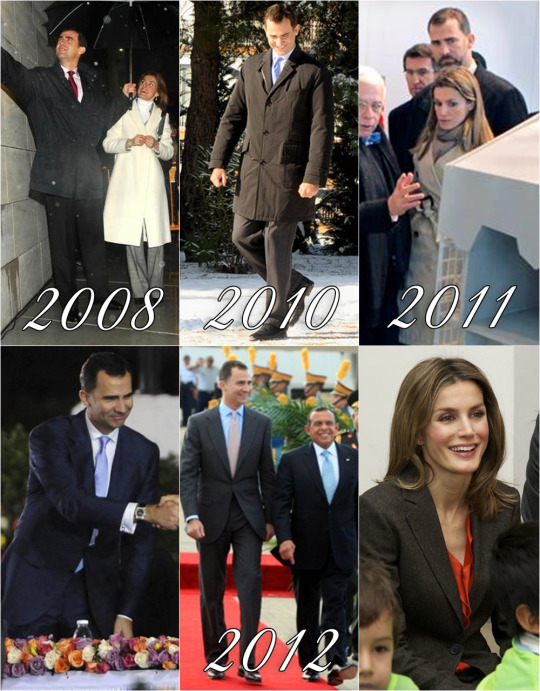
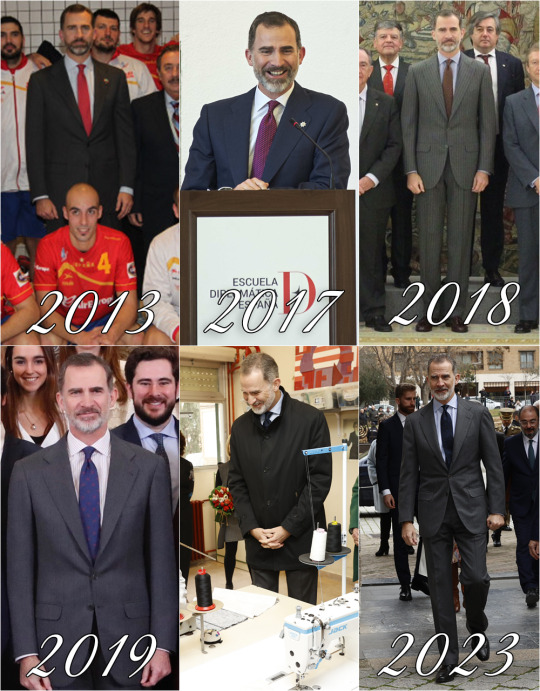

Felipe and Letizia retrospective: January 11th
2008: Inaugurated the Infanta Leonor Theater in Jaén
2010: Visited the new Royal Astronomical Observatory in Madrid.
2011: Inauguration of the Library and Archive of Galicia
2012: Visiting Nicaragua and Honduras & “35th Salon del Libro Infantil y Juvenil”
2013: Opening game of the “23rd World Handball Men’s Championship”
2017: Delivery of new positions for the assistants of Diplomats in Madrid.
2018: Audience to the board of the Official College of Naval and Oceanic Engineers, on the occasion of its 50th anniversary.
2019: Audiences at la Zarzuela (1, 2)
2023: Visited the IES Ramón y Cajal; Event celebrating the 25th anniversary of the restoration of the Aljaferia Palace & Closing ceremony of the 10th edition of the “PROMOCIONA PROJECT”
F&L Through the Years: 1111/??
#King Felipe#Queen Letizia#King Felipe of Spain#Queen Letizia of Spain#King Felipe VI#King Felipe VI of Spain#F&L Through the Years#January11
4 notes
·
View notes
Photo
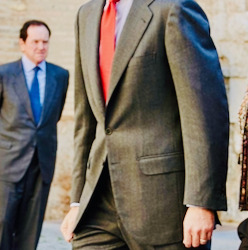
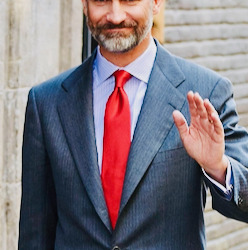
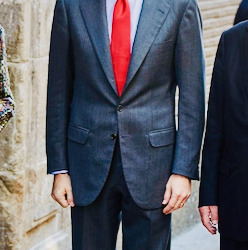
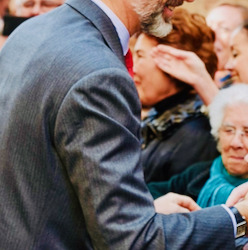
Through the Years → Felipe VI of Spain (1,712/∞)
10 March 2015 | King Felipe VI of Spain and Queen Letizia of Spain visit the Aljaferia Palace in Zaragoza, Spain. (Photo by Carlos Alvarez/Getty Images)
5 notes
·
View notes
Text
Banu Qasi triology: Locations (+ Maps extracted from the book and modern reconstruction of plans of some cities of that period of time I found on Internet)
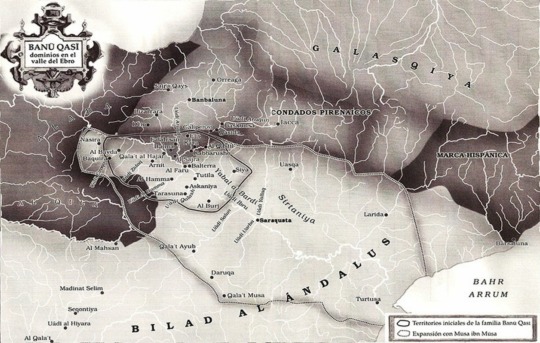


(* Some towns and cities that already existed are not in this maps, but probably were not included in the maps because maybe they're not relevant for the story, X, X, X )
Zaragoza (×) (although this one represents the Zaragoza from 11th century, due to the presence of the Palace of Aljaferia (×), although a watchtower existed since 9-10th centuries in that place, the Troubadour's Tower, that currently forms part of the palace)
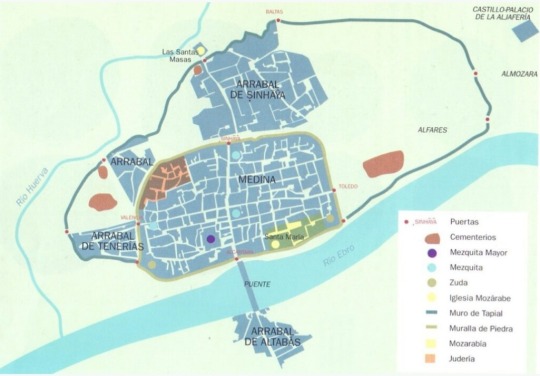
Tudela, but here's a video of Pamplona/Iruña
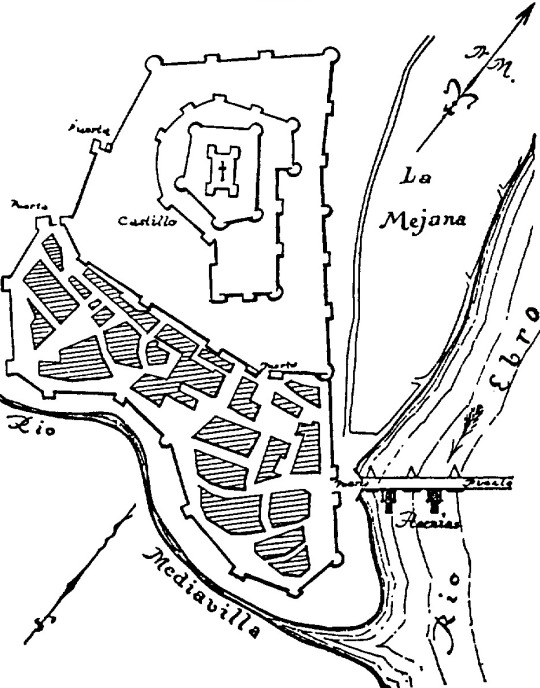
Córdoba (Here's a video with the current-day Alcázar and the Caliphal baths)
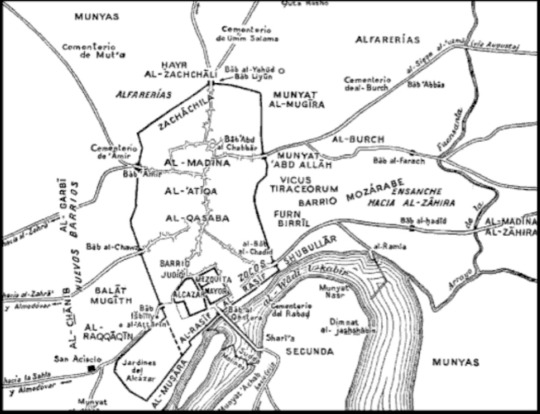
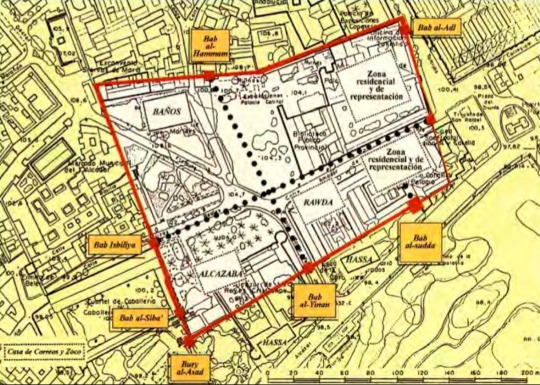

Toledo
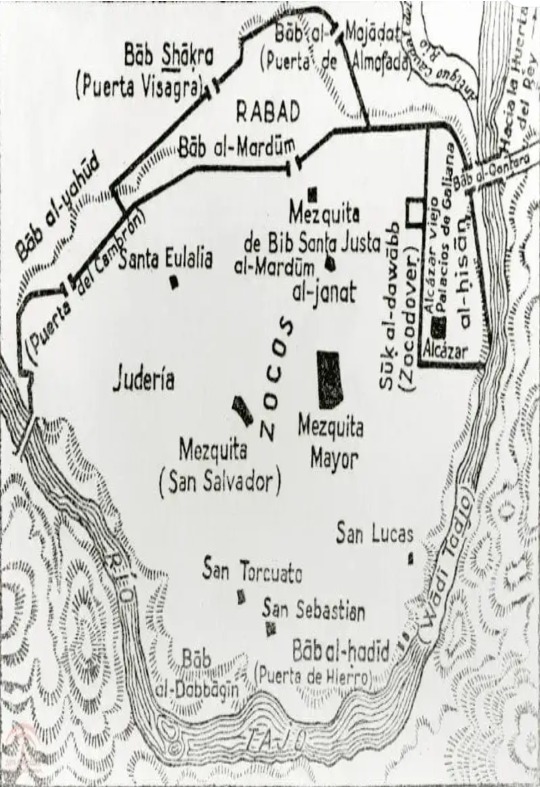
Alaba: Álava
Al Bayda, Albayda: Albelda
Al Burj: Borja
Al Busherat: Las Alpujarras
Al Faru: Alfaro
Al Garb: 'the west', Algarve
Al Hamma: Alhama
Al Hamma: site that corresponds to the current Baños de Fitero
Al Hamra: 'the red', the Alhambra of Granada
Al Lura: Álora
Al Maghrib: current Maghreb area, Morocco, Algeria and Mauritania
Al Mahdiyya: capital of the Fatimid Caliphate founded by Al Mahdi
Al Mariya: Almería
Al Mahsan: Almazán
Al Mudawar: Almudévar
Al Munastir: Almonacid
Al Qala't: Alcalá de Henares
Al Qāhira: Cairo
Al Qastil: Carcastillo or Murillo el Fruto
Al Qila: Castile
Al Qulaiya: Alcolea
Al Qubba: Talavera
Al Rawda: one of the interior gardens of the alcazar of Córdoba, where most of the emirs were buried
Al Sarqiyya: Axarquía, in Granada
Al Xaraf: Aljarafe
Al Jazira: Algeciras
Almunya de Aisha: Muniesa
Al Sajra: Azagra
Antaqira: Antequera
Arnit: Arnedo
Aryiduna: Archidona
Askaniya: Cascante
Asturqa: Astorga
Asnad:Cenes
Astīban: fortress located in the current-day Alhambra
Aura: Fortress next to Barcelona, possibly in present-day Valldaura
Aybar: Aibar
Bab al Qantara: the Bridge Gate, in Córdoba, also known as Bab as-Sudda or the Azud Gate
Baghdad: capital of the Abbasid emirate
Bagúh: Priego
Bahr Algarbí: Atlantic Ocean
Bahr Arrum: Mediterranean sea
Balaga: Balager
Balma: place located on the left bank of the Ebro river next to Calahorra, it may correspond to the town of San Adrián
Balansiya: Valencia
Balterra: Valtierra
Bambaluna: Pampiluna, Pamplona
Banu Basir: Benameji
Baquira: Viguera
Barbitaniya: región of Sobrarbe, that included Jaca, Barbastro and Boltaña
Barsaluna: Barcelona
Baskunsa: place name that would correspond to the fortress of Rocaforte, which after the Reconquest, it would give to the current Sangüesa, located at the foot of this valley
Batalyus: Badajoz
Barbastur: Barbastro
Bayanna: Baena
Bayāna: Pechina, important trading city of the Mediterranean sea, replaced by the port of Almería
Basta: Baza
Bilad al Ándalus: Hispania
Bulāy: Poley, Aguilar de la Frontera
Burbaster: Bobastro, Umar ibn Hafsún's shelter
Cantabria: mountain range that borders river Ebro by the north, next to Logroño
Castro Muros: San Esteban de Gormaz
Dar al Islam: the lands of Islam
Dar al Rahn: the House of Hostages, in Córdoba
Daniya: Denia
Daruqa: Daroca
Deio: Monjardín
Dus Amantis: the Rock of the Lovers
Falah'san: Falces
Fās: Fez, capital of the Idrisi emirate
Finyāna: Fiñans
Galaskiya: Land of the galaskiyun, the gascons
Galipenzo: Gallipienzo
Garnata: Granada
Girunda: Girona
Hardaris: Ardales
Hisn Asar: Iznájar
Hisn Qámara: castle of uncertain location, near Colmenar and Casabermeja, in the province of Málaga
Hisn Qastuluna: the ancient Roman city Cástulo, in Jaén
Iacca: Jaca
Ifriqiya: Tunisia
Ilbira: Elvira, next to Granada, capital of the distrit with the same name.
Isbāniyā: Christian chroniclers called the peninsula as a whole Hispania. For the Arabs, Al Ándalus is only the land dominated by Islam. They call the Christian land by the name of their kingdoms, and the term Isbāniyā is reserved for the entire peninsula, although it is rarely used.
Ishbiliya: Sevilla
Istiba: Estepa
Istiya: Écija
Kabbaruso: Caparroso
Kara: Santacara
Larida: Lleida
Ledena: Liédena
Leqant: Fuente de Cantos
Liyun: León
Lizarrara: Estella-Lizarra
Madinat Selim: Medinaceli
Madinat al Faray: Guadalajara
Malaqa: Málaga
Mārida: Mérida
Martus: Martos
Milīla: Melilla
Millas: Mijas
Muish: Muez
Munt Sun: Monzón
Munt Liyūn: Monteleón
Mursiya: Murcia, also known as Tudmir (this name comes from the Visigothic count Teodomiro, who ruled it by the time the Muslims arrived to the Peninsula)
Nasira: Nájera
Niebla: District that corresponds to the current-day province of Huelva
Orreaga: mountains of Ibañeta or Roncesvalles
Ossa: Huesa del Común
Qabra: Cabra
Qabtil: Isla Menor (Sevilla)
Qadis: Cádiz
Qala't al Hajar/Qalahurra: Calahorra
Qala't al Hans: Alange
Qala't Gazuan: Alcalá de Guadaira
Qala't Ayub: Calatayud
Qala't Musa: Calamocha
Qala't Rabah: Calatrava
Qarmuna: Carmona
Qarqar: Cárcar
Qasida: Cáseda
Qarcastil: Carcastillo
Qasr Bunayra: Casarabonela
Qayrawán: Kairuán, capital of Ifriqiya, current-day Tunis
Quluniya: Clunia
Qumaris: Comares
Quriya: Coria del Río
Qurtuba: Córdoba
Qustantaniyeh: Constantinople
Qutanda: Cutanda
Raya: district that corresponds to the province of Málaga
Rasif: A promenade in Córdoba that ran along the right bank of the Guadalquivir river
Resa: fortress located on the banks of the Ebro, near the mouth of the river Arga
River Eiroca: River Iregua
River Iberus*: River Ebro
*the Iberian peninsula takes its name from the river Iberus/Ibero, the river Ebro
Rumiya: Rome
Sabta: Ceuta
Salubāniya: Salobreña
Santabariyya: Santaver, Muslim district that corresponds to the province of Cuenca
Saqunda: village in the suburb of Córdoba, on the left bank of the Guadalquivir river
Sajra Qays: Qays rock, fortress located near the current-day town of Huarte Araquil, in the Rock of Echauri, northwest of Pamplona
Saraqusta: Zaragoza
Seqontiya: Sigüenza
Siduna: Medina Sidonia
Sirtaniya: La Cerretania, in the Aragonese area of the Pyrenees, around the valleys of the Gállego and Cinca rivers. This denomination disappears from the sources from the 10th century, when the County of Aragon appears
Siya: Ejea de los Caballeros
Suhayl: Fuengirola
Sumuntān: Somontín
Tahert: city in the north of Africa, in Algeria
Tahust: Tauste
Takurunna: one of the corias of Al Andalus, with capital in Ronda
Tarraquna: Tarragona
Talyayra: fortress located below Bobastro, over the Guadalhorce river.
Tarasuna: Tarazona
Tāy^ula: Tíjola
Tulaytula: Toledo
Turtusa: Tortosa
Tutila: Tudela
Uādi al Hamma: River Alhama
Uādi al Hiyara: Guadalajara. At first, the name of rhe city was Madinat al Faray, but later it adopted the old name of the river Henares
Uādi al Jurs: River Guadalhorce
Uādi al Kabir: River Guadalquivir, 'the big river'
Uādi al Walid: Valladolid
Uādi Anna: River Guadiana
Uādi Aragun: River Aragon
Uādi Aruad: River Arga
Uādi Cinqa: River Cinca
Uādi Duwiro: River Duero
Uādi Eyroqa: River Iregua
Uādi Ibru: river Ebro, and by extension, the Ebro valley. (Also known as Uādi Abro or Uādi Ibro)
Uādi 'Ís: Guádix
Uādi Nahar: River Henares
Uādi Qalash: River Queiles
Uādi Salit: River Guadacelete
Uādi Salún: River Jalón
Uādi Sanyil: River Genil
Uādi Tadjo: River Tajo
Uādi Uarba: River Huerva
Uādi Urbiqo: River Órbigo
Uādi Yallaq: River Gállego
Uādi Zidaq: River Cidacos
Uakhshama: Osma
Uasqa: Huesca
Ubbada: Úbeda
Uksunuba: Faro (Portugal)
Ulit: Olite
Uriyuwala: Orihuela
Ushbuna: Lisboa
Vareia: Varea
Welba: Huelva
Yabal al Bardi: Las Bardenas Reales, in Navarra
Yabal Sulayr: the mountains of the Sun, Sierra Nevada
Yabal Tariq: 'the mountain of Tariq', Gibraltar
Yayán: Jaén
Yilliqiya: Asturias (and by extension, Galicia). It's also writen as Illiqiya or Gilliqiya.
Yussana: Lucena
Etymology II Characters
2 notes
·
View notes
Photo

Palacio de la Aljafería: Patio de Santa Isabel by victorusieto
4 notes
·
View notes
Text




The cast will be filming in the historic Aljaferia Palace in Zaragoza, Spain.
Local reports state it will be a ‘luxury setting for a fiction series.’ People of all ages, races and genders will participate for the filming, which will last two days, in this historic location of the Aragonese capital. Those days will be September 23 and 24.
#vampireacademy #vampireacademytvshow
17 notes
·
View notes
Photo

Paseando paseando para coger un poco de fresquito y tachando los días que quedan para vacaciones #igersaragon #igerszgz Disfrutad del Domingo amig@s 🙋😗 #aljaferia #palacioaljaferia #monumentos #monuments #palace #fotosnocturnas #nightpics #nightshots #palaciodelaaljaferia #aljaferíapalace #zaragoza #spain (en Palacio de la Aljafería) https://www.instagram.com/p/B0vjt3nFTvG/?igshid=rav6ei8ifbhg
#igersaragon#igerszgz#aljaferia#palacioaljaferia#monumentos#monuments#palace#fotosnocturnas#nightpics#nightshots#palaciodelaaljaferia#aljaferíapalace#zaragoza#spain
0 notes
Text


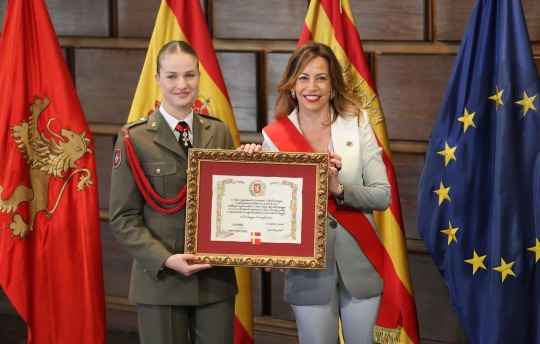
Princess Leonor receives the Medal of the Cortes de Aragon at the Aljaferia Palace | May 21, 2024
36 notes
·
View notes
Text






Princess Leonor, The Princess of Asturias receives The Medal Of The Cortes, at Aljaferia Palace in Zaragoza, Spain -May 21st 2024.
#princess leonor#princess of asturias#spanish royal family#spain#2024#may 2024#medal of the cortes#zaragoza#royal children#my edit
10 notes
·
View notes
Photo






January 11, 2023: King Felipe attended an event celebrating the 25th anniversary of the restoration of the Aljaferia Palace
#King Felipe#King Felipe of Spain#King Felipe VI#King Felipe VI of Spain#Official Event#January 2023
0 notes
Text

10 March 2015 | King Felipe VI of Spain and Queen Letizia of Spain visit the Aljaferia Palace in Zaragoza, Spain. (c) Carlos Alvarez/Getty Images
0 notes
Photo





The Throne Room, its ceiling and staircase of arabic, medieval Aljafería Palace (the palace was constructed in 11th century by the order of Al-Muqtadir, king of the taifa of Zaragoza) which construction was ordered by Isabella I of Castile and Ferdinand II of Aragon - The Catholic Monarchs - at the end of 15th century. The works took place between 1488-1495 and were executed by Faraig and Mahoma de Gali - the mudéjar style artists, among others.
The ceiling was decorated with personal symbols of the royal couple: bundles of arrows - Isabella’s badge and yoke - Ferdinand’s badge.
The inscription on the ceiling says:
Ferdinandus, Hispaniarum, Siciliae, Corsicae, Balearumque rex, principum optimus, prudens, strenuus, pius, constans, iustus, felix, et Helisabeth regina, religione et animi magnitudine supra mulierem, insigni coniuges, auxiliante Christo, victoriosissimi, post liberatam a mauris Bethycam, pulso veteri feroque hoste, hoc opus construendum curarunt, anno salutis MCCCCLXXXXII.
Ferdinand, king of the Spains, Sicily, Corsica and Balearic Islands, the best of the princes, prudent, brave, pious, constant, just, happy and Isabella, queen, superior to all other women for her piety and greatness of spirit, distinguished, victorious spouses with the help of Christ, after liberating Andalusia from Moors, expelling the old and cruel enemy, ordered to build this work in the year of the Salvation 1492.
Zaragoza, Aragón, Spain
(x)
#architecture#spain#aljaferia#palace#the catholic monarchs#isabella i of castile#ferdinand ii of aragon
104 notes
·
View notes